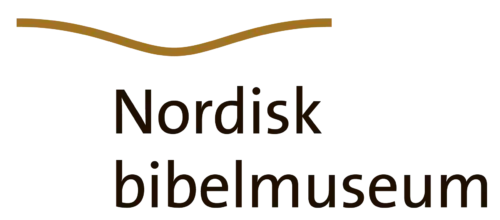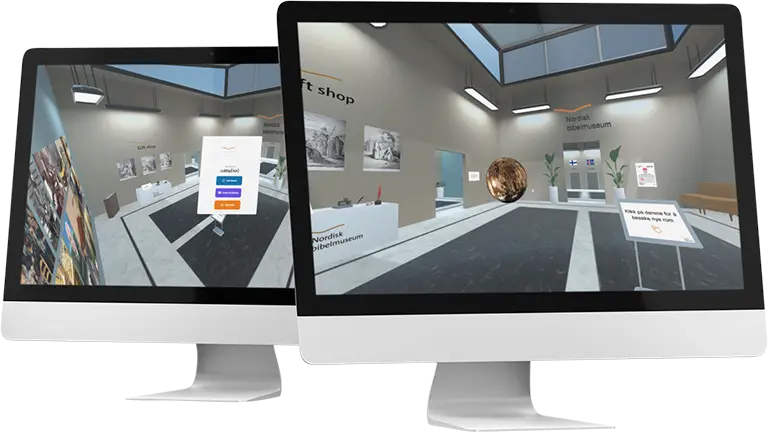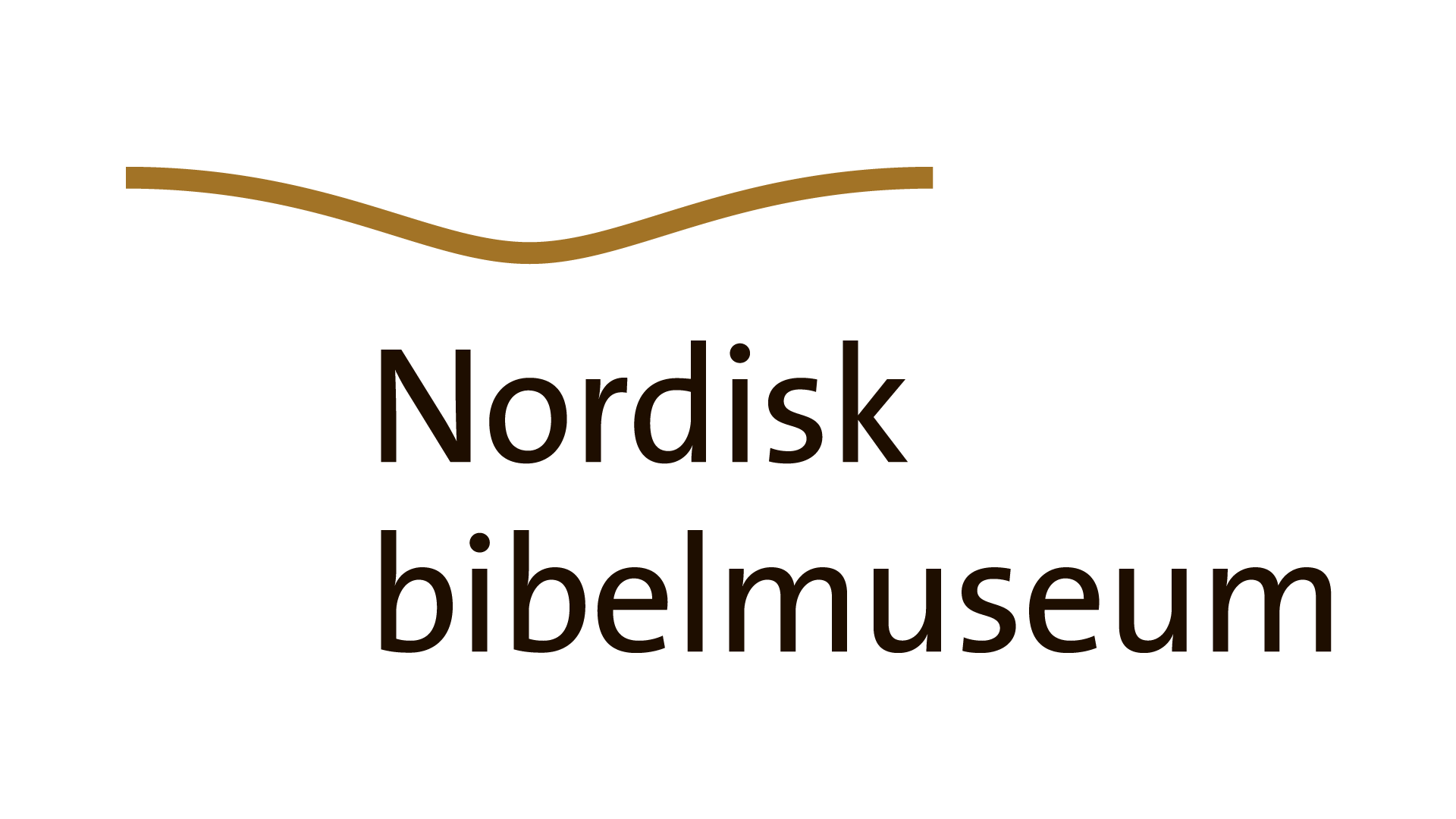Stamp Seals
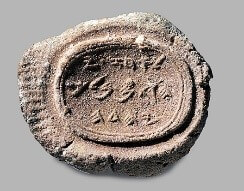
A stamp seal, as the name implies, is a seal used as a stamp. The size was usually about 1 cm in diameter. The seal was sometimes inserted into a ring, a so-called signet ring. The imprint, which often was done on a moist piece of clay, is called a bulla. [1].
On the seal you could often find the name of the owner, his official title, and his father’s name [“son of”]. There have been hundreds of bullae found in Israel, and several of them contain biblical names. On the bulla to the right, it is written “Belongs to Ahaz, [son of] Jotham [Jotam], the King of Judah.” We find King Ahaz mentioned in this way several times in the Bible, for instance in Isaiah 7:1: “When Ahaz son of Jotham, the son of Uzziah, was king of Judah.” [2].
How Was a Stamp Seal Used?
A stamp seal was often used in a way that is described in Jeremiah 32:10: “I [Jeremiah] signed and sealed the deed, had it witnessed, and weighed out the silver on the scales.”
How to seal a document:

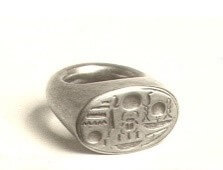
The reason why hundreds of bullae are found, but not the actual documents, is that the documents were made of materials which were easily destroyed by ageing or by fire. In contrast, the bullae were often made of clay, which is a durable material that is not easily destroyed by fire.
The use of stamp seals is mentioned several times in the Bible, in addition to in Jeremiah, there are for instance signet rings mentioned in:
Genesis 41:42: “Then Pharaoh took his signet ring from his finger and put it on Joseph’s finger.”
Esther 8:10: “Mordecai wrote in the name of King Xerxes, sealed the dispatches with the king’s signet ring, and sent them by mounted couriers, who rode fast horses especially bred for the king.”
Seals Used as Metaphors in the Bible
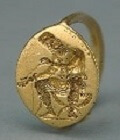
In this series about seals, we have seen that seals were used both to identify a person and to verify ownership and authenticity, in addition to sealing a document. The authors of the Bible were well acquainted with this usage, and they have used it as imagery and metaphors in their storytelling and argumentations.
Authenticity: “He that hath received his testimony hath set to his seal that God is true.” (John 3:33, King James Bible)
Sealing: “But you, Daniel, roll up and seal the words of the scroll until the time of the end. Many will go here and there to increase knowledge.” (Daniel 12:4)
Ownership: “And he [Abraham] received circumcision as a sign, a seal of the righteousness that he had by faith while he was still uncircumcised.” (Romans 4:11)
[1] Bulla: from latin bulla, meaning bubble, in archeology it refers to a hollow ball, an amulet or a seal attached to a document (https://en.wikipedia.org/wiki/Bulla)
[2] Source for bible texts: “Holy Bible, New International Version” at https://biblehub.com/
At the Nordisk bibelmuseum shop you can buy stamp seals from Bortoletti.
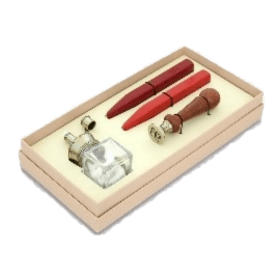
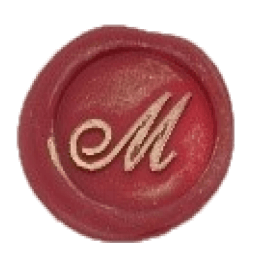
Sources
1.https://www.britannica.com/art/cylinder-seal
2.https://www.internationalstandardbible.com/S/seal
3.https://www.historyonthenet.com/mesopotamian-cylinder-seals
4.https://www.biblicalarchaeology.org/daily/biblical-artifacts/artifacts-and-the-bible/israelite-clay-bullae/
5.Handbook to Life in Ancient Mesopotamia (2003) Bertman Stephen. Facts on file. USA
Sources photos
1.https://www.baslibrary.org/biblical-archaeology-review/17/4/
2.https://www.metmuseum.org/art/collection/search/100006215?pos=25&rpp=20&pg=2&ft=gold+signet+ring
3.https://www.hermitagemuseum.org/wps/portal/hermitage/digital-collection/25.+Archaeological+Artifacts/862038/?lng=en
Photo series 1,2,3,4
https://www.researchgate.net/publication/305753694_The_Authenticity_of_the_Bullae_of_Berekhyahu_Son_of_Neriyahu_the_Scribe
